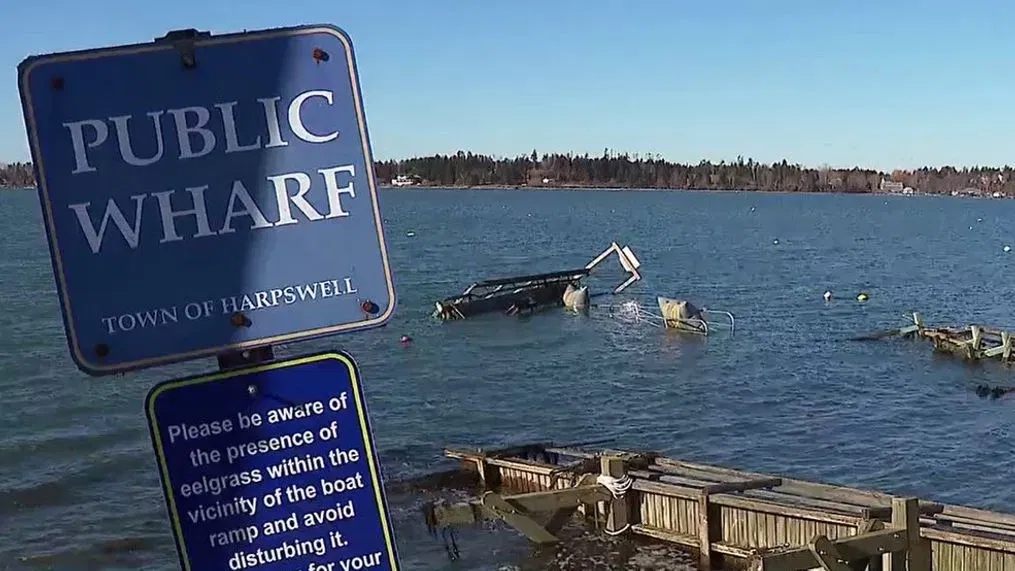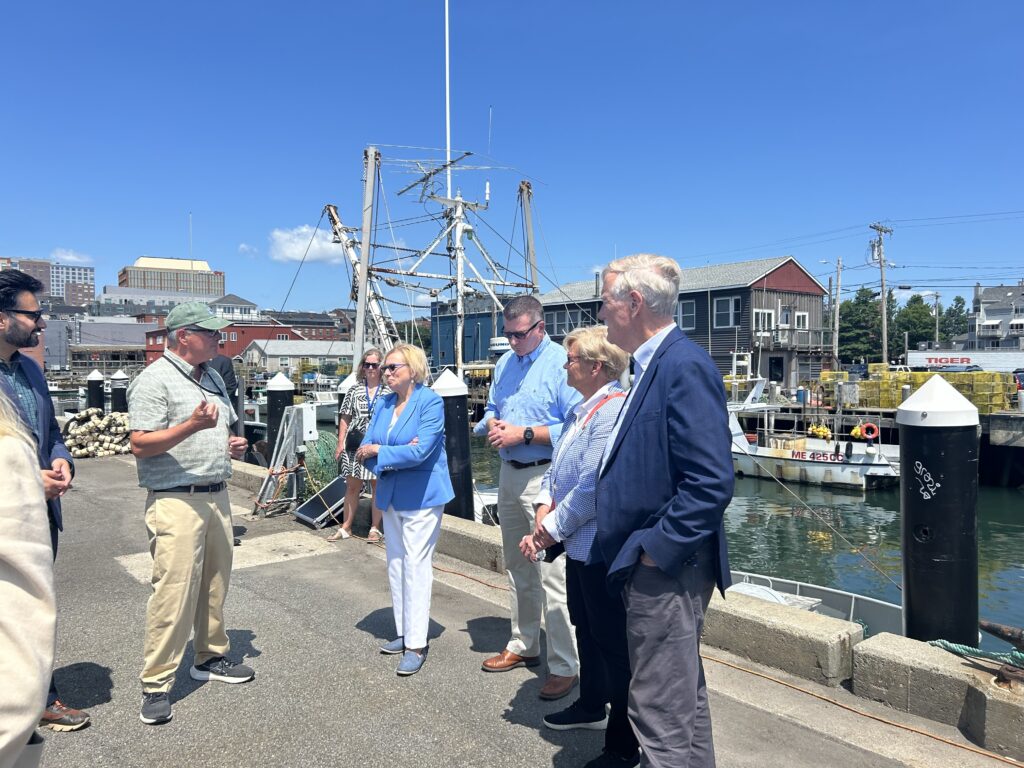Maine is set to receive nearly $70 million from the federal government to combat climate change, marking one of the state’s largest investments in this area. This grant from the National Oceanic and Atmospheric Administration (NOAA) is funded by the Inflation Reduction Act. The funds are aimed primarily at enhancing coastal resilience, though the benefits will extend to other regions within the state.
The investment is vital for Maine’s economies and communities, as highlighted by lobsterman Curt Brown. The working waterfronts along the coast have been severely impacted by recent winter storms, with significant damage to docks, wharves, causeways, and bridges. The nearly $70 million is deemed essential to aid in the recovery and fortification of these areas against future extreme weather events.

Governor Janet Mills emphasized the importance of expanding efforts to protect communities from extreme weather. The grant is part of a broader $575 million initiative awarded by NOAA across the United States to support 19 different projects aimed at improving climate resilience. This funding comes at a critical time as the nation faces record-breaking heatwaves, heavy rainfall, hurricanes, wildfires, and droughts.
Hannah Pingree, Director of the Governor’s Office of Policy Innovation and the Future, stated that most of the funds will be allocated directly to communities for climate adaptation and preparation projects.
The money will also support the Maine Climate Corps workers. Pilot projects, such as those at Popham Beach and downeast areas, will be part of the initiatives, although the bulk of the funding will be distributed competitively to address the most pressing needs.
Senator Angus King highlighted the necessity for diverse solutions to tackle climate challenges. He sees this funding as an opportunity to support ongoing efforts, initiate new planning, and make strategic investments. With approximately $10 million earmarked for working waterfronts, the focus will be on deploying these resources swiftly to address the immediate infrastructure needs of affected communities.

